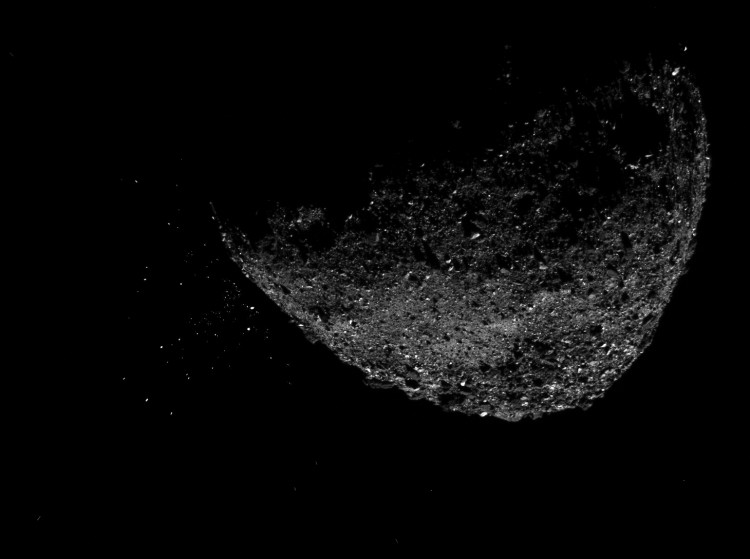Data collected by NASA's OSIRIS-REx spacecraft while speeding past asteroid Bennu has allowed scientists to improve their assessment of the risk presented by this potentially hazardous near-Earth object.
The new research, published in Icarus, provides a more detailed trajectory of Bennu up to the year 2300.
The odds of a collision through the year 2300 remain extremely low; they are presently estimated to be about 1 in 1,750 or 0.057%.
"The impact probability went up just a little bit, but it's not a significant change," Davide Farnocchia of the Center for Near Earth Object Studies at NASA's Jet Propulsion Laboratory, said.
He asserts that there is a 99.94% chance that Bennu is not on an impact trajectory.
The OSIRIS-REx spacecraft is now en route to Earth, carrying surface samples collected from the asteroid Bennu. The NASA spacecraft investigated the massive rubble pile from every perspective from December 2018 to May 2021, assessing its size, shape, mass, composition, spin, orbital trajectory, and other key properties.
Because Bennu is a primitive carbonaceous asteroid, astronomers can infer what our solar system was like during its early stage by examining it.
But, this $800 million mission is about more than just looking for organic molecules or indications of water and heavy metals. Bennu is presently listed second on the list of potentially deadly asteroids, emphasizing the necessity of learning everything we can about it, particularly the orbital dynamics that govern its future motions.
The scientists were able to reduce uncertainties in Bennu's orbit by a factor of 20 using data from OSIRIS-REx, NASA's Deep Space Network, and computer models.
OSIRIS-REx was instrumental in making this feasible by measuring Bennu's position relative to Earth to a few meters.
Bennu will not be a threat at that time, but Earth's gravity will alter the asteroid's course around the sun, affecting its chances of returning and possibly slamming into Earth.
The most significant day in terms of potential influence is Sep. 24, 2182. Also, if an asteroid of this size were to strike the planet, scientists believe it would leave a crater 6 miles wide and a devastation area 100 times larger.



